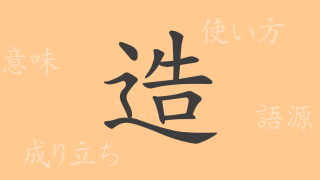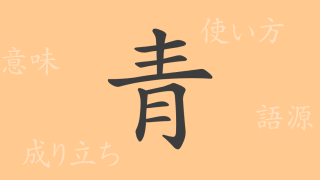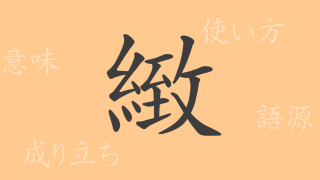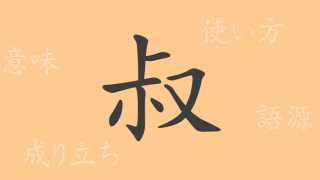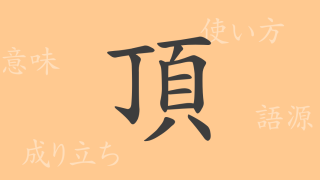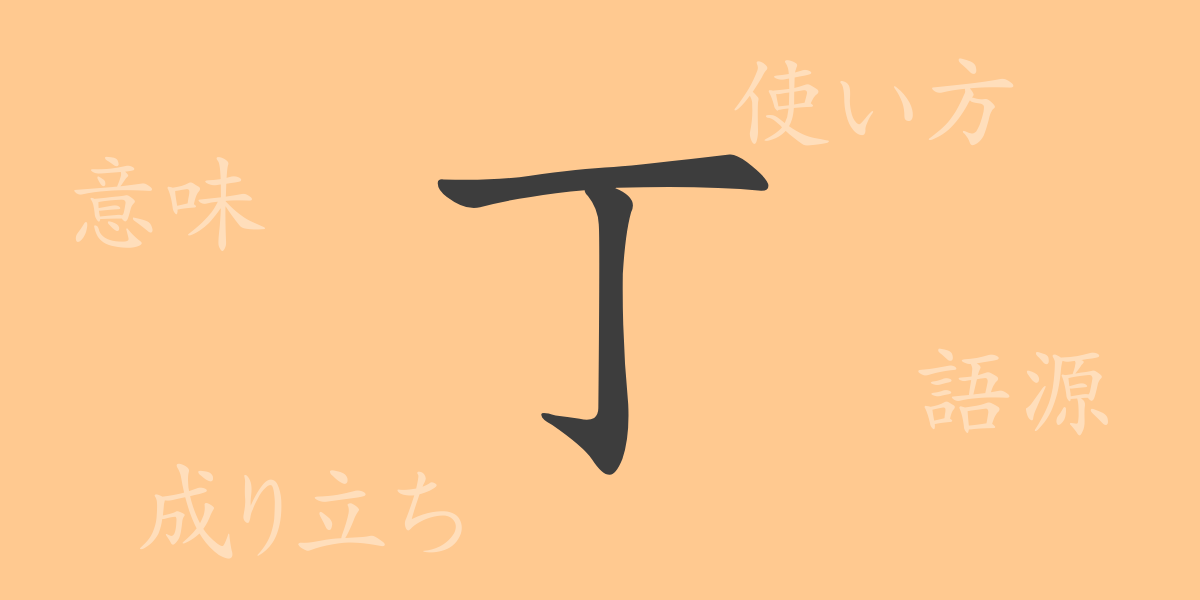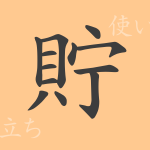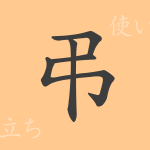The beauty of the Japanese language is also reflected in its characters. This article focuses on the common kanji ‘丁(チョウ/テイ)’, exploring its origins, meanings, and uses, and how it contributes to our language in diverse ways. Let’s delve into how this seemingly simple character contributes to various expressions.
Origins of ‘丁(チョウ/テイ)’
The kanji ‘丁’ originates from ancient Chinese oracle bone script. Initially, it was used as a symbol to denote precise workmanship in construction. Over time, ‘丁’ evolved to embody meanings such as ‘exact’ and ‘meticulous,’ and it also expanded to denote numbers and sequences.
Meanings and Uses of ‘丁(チョウ/テイ)’
‘丁’ has multiple meanings. It refers to a single block of a town, a mature man, and is used as a counting unit for objects. Additionally, it serves as an adjective meaning ‘polite,’ showcasing its versatility in usage.
Readings, Stroke Count, and Radical of ‘丁(チョウ/テイ)’
The kanji ‘丁’ is known for its simple structure and easy memorability:
- Readings: On’yomi ‘チョウ’, ‘テイ’; Kun’yomi ‘ひのと’
- Stroke Count: Comprised of just 2 strokes
- Radical: Its radical is ‘一’
Phrases and Proverbs Involving ‘丁(チョウ/テイ)’
There are numerous idioms and phrases involving ‘丁’. For example, ‘丁寧(ていねい)’ expresses being meticulous and thorough, ‘丁重(ちょうじゅう)’ denotes being extremely polite, and ‘一丁上がり(いっちょうあがり)’ means that a piece of work is completed. These phrases are commonly used in everyday life, bringing the nuances of ‘丁’ to life through language.
Conclusion on ‘丁(チョウ/テイ)’
This exploration into the kanji ‘丁’ has uncovered its etymology, meanings, and the role it plays in our language. Despite its simplicity, ‘丁’ holds a significant place in Japanese, offering a wealth of expressions. Understanding the history and meanings embedded in each character like ‘丁’ enriches our appreciation of language and provides a wellspring for creating rich expressions.





